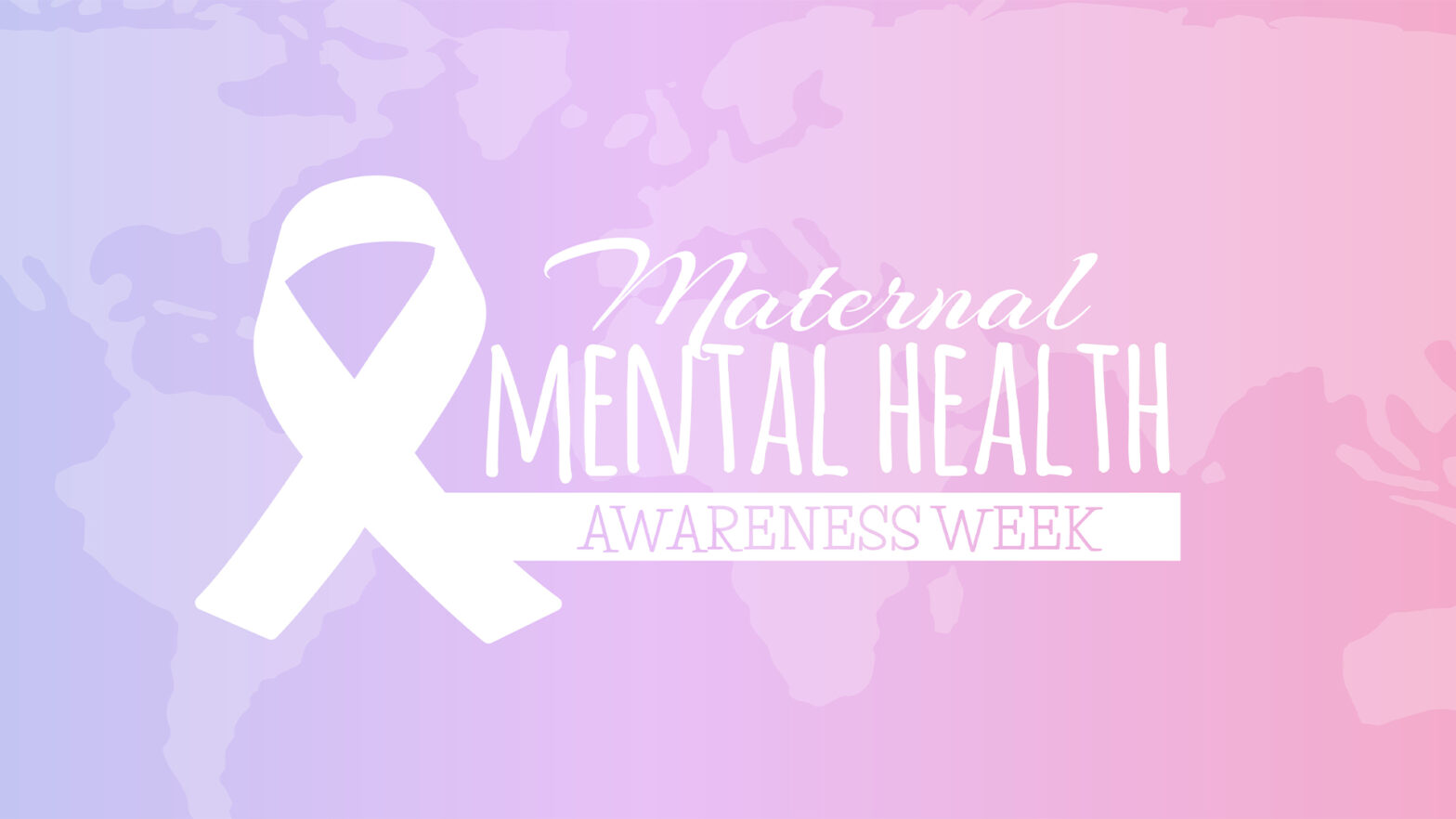By Shameem C Hameed, Founder and CEO of blueBriX
While the adoption and investment in health tech companies were significantly impacted by tough economic conditions and uncertainty, 2023 saw big advancements in the digital health and technology space, as companies developed new solutions and support for patients and physicians in line with their changing needs.
With the continued digitisation and automation of health care systems, this year is set to be just as transformative. Driven by a longer living population and the emergence of pioneering technologies with applications across the healthcare spectrum, 2024 will bring about more remarkable innovations, offering great potential for improvement in healthcare outcomes.
AI and GenAI in healthcare
Going back as far as 2015, healthcare has seen unprecedented adoption of AI and deep tech, which enables healthcare professionals to diagnose diseases faster and make more accurate predictions.
AI is also used to streamline modern global healthcare challenges, such as staff shortages, data overload and workflow inefficiency, and lessens the burden of administrative tasks, freeing up time for healthcare providers to focus on patient care.
AI will continue to be a key healthcare trend into 2024 and beyond, with Global Data’s Generative AI in the Medical Devices Sector Report predicting the market for the technology to be worth $908.7bn by 2030.
The evolution of GenAI will further enhance the capabilities of AI in healthcare, making it possible to use algorithms to predict the most effective treatment options for individual patients. This development will bring in an era of personalised medicine, where treatment plans are tailored to the specific needs and genetic makeup of each patient.
Wearable and at-home smart medical devices
As the healthcare sector seeks to use technology to consolidate data and improve patient care, wearable technology will continue to flood the market in 2024.
Interest in the wearable health tech market reached its peak in the mid-2000s, before settling down as the devices became part of everyday life. However, the onset of the Covid-19 pandemic provided a boost to the industry, with consumers becoming more invested in tracking their own health with minimal engagement with others. The pandemic also heightened awareness of unexpected illnesses and health issues, and how consumers can help track and manage their own needs.
The global wearable healthcare technology market, expected to be worth nearly US$200 billion by 2027, is made up of devices that users wear – on their wrists, feet, heads, or as fabric – such as smartwatches and activity trackers like Fitbit, as well as offering the promise of proactive health management and the early detection of serious conditions such as diabetes and asthma.
Asthma, which is the most common chronic condition in children, is one area where researchers can use wearables to help prevent medical events. Wearables with sensors that track a patient’s breathing and oxygen levels, along with environmental factors such as pollen count, are used to help prevent asthma attacks.
Meanwhile, those with diabetes can use wearables to assess glucose levels by inserting sensors just under the skin, allowing them to track and manage their own health needs. Some applications are also set up to alert healthcare providers should there be concerns that need a rapid response.
More complex data such as CT scanning and ultrasound images can also be gathered from the likes of Google Glass Enterprise Edition.
Wearable technology will become increasingly sophisticated in 2024, providing more accurate, real-time health monitoring and data collection. Wearable devices will continue to empower individuals to take charge of their health, offering insights into vital statistics and alerting them to potential health issues before they become serious.
Telehealth and virtual hospital wards
The use of telehealth will continue to gain popularity this year, becoming more advanced with the potential to offer not only virtual consultations but also remote diagnostics. This may include the use of AI to analyse symptoms and enable at-home lab tests and the real-time monitoring of vital signs.
With the help of technologies such as 5G, telehealth services could become more reliable and accessible, offering faster connections and more effective health care services.
The introduction of virtual hospital wards will also increase, allowing patients to get the care they need at the place they call home [including care homes] safely and conveniently through remote monitoring and communication technology, rather than being in hospital.
Although first developed in South London in the mid-2000s, the rollout of virtual wards had been limited to a small number of NHS trusts. However, now, as a result of a convergence of technological advances and an uptick in remote care spurred by shifts in practice during the pandemic, the NHS plans to make them ubiquitous.
As technology continues to evolve in 2024 and the number of virtual wards increases, we will likely see a further expansion of conditions treated and the tools used to do so.
Advances in technology are also increasing the range of assessments available for remote care. For instance, bluetooth-enabled stethoscopes which patients apply to themselves while being advised by clinicians over video calls, and ear and throat examinations enabled by high-definition cameras with otoscopes [ear examination tools] and tongue depressor attachments.
Virtual healthcare assistants and chatbots
AI-backed virtual assistants and chatbots are another area of growth in healthcare in 2024. Providing 24/7 online support for preliminary medical diagnostics and health advisory, these sophisticated applications operate through text, or option-based inputs, and engage in meaningful conversations resembling human interactions.
Chatbots will play a crucial role in addressing health concerns this year, especially during situations where human medical assistants are inaccessible. For instance, during disasters causing call centre overloads or non-operational hours, chatbots can guide patients in identifying the next steps and encourage them to seek qualified medical assistance when required.
Furthermore, virtual assistants and chatbots can address patient queries about their care and connect them with necessary information for informed decision-making. They can also help patients stay compliant by reminding them to take medications or exercise, and can even provide companionship for patients who live alone or in remote areas to improve their mental health.
The integration of these technologies with electronic health record systems and appointment scheduling further streamlines healthcare processes, and virtual assistants and chatbots can also help clinicians by providing advice on treatments, diagnoses, and medications.
Conclusion
With innovations in AI, wearables and telehealth leading the way, the future of digital health in 2024 is bright.
Despite the challenges, the industry’s resilience and ability to continuously innovate points to another momentous year ahead, as advancements in technology promise to further enhance healthcare delivery, improve patient outcomes, and transform the way we manage our health.

















